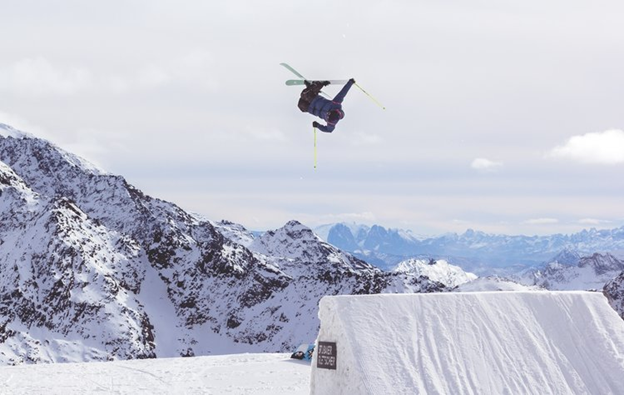What Are the Risks of a Second Shoulder Dislocation?
When an athlete dislocates their shoulder, the risk of a secondary dislocation is fairly predictable. Depending on their age and the type of sport they participate in, a second shoulder separation could be life-threatening.
Here are the people who are more likely to suffer a secondary shoulder dislocation and how Team Sterett would recommend stabilizing their shoulder joint.
Athletes at Risk for a Secondary Shoulder Dislocation
In general, there are two demographics at risk for repetitive shoulder dislocation. These are:
Younger Athletes: The younger a person is when they first dislocate the shoulder, the higher the shoulder’s risk of continuing to come out of joint during activity. If you’re under age 20 when you first dislocate your shoulder, for example, you have a 95% chance of a secondary dislocation.
Loose-Jointed Athletes: Female athletes are more flexible than their male counterparts. They are also more likely to be “hyper-lax,” meaning they have loose joints. Loose-jointed female athletes have a very high risk of a second shoulder dislocation.
The second risk factor to consider is the type of sport these athletes participate in. A 25-year-old lacrosse player may be willing to accept a 70% chance that his shoulder may come out again because, if it pops out, he can easily go to the sidelines for treatment. However, certain athletes could face a life-threatening situation in the event of a dislocation.
These “extreme sport” athletes include:
Kayakers
Rock climbers
Hang gliders
Big mountain skiers
Once these athletes dislocate their shoulders, they become a “consequence” athlete. At Team Sterett, we treat consequence athletes using a whole different thought process.
How to Prevent a Second Shoulder Dislocation
Again, the risk of a second shoulder dislocation depends on your age at the time of your first dislocation. The breakdown is as follows:
Patients under 20 years old: 72-100% chance
Patients between 20-30 years old: 70-82% chance
Patients over 50 years old: 10-22% chance
For consequence athletes, even a 10% chance of a second shoulder dislocation is an unacceptable risk. In these situations, Team Sterett typically recommends one of the two stabilizing procedures:
Arthroscopic Stabilization - Bankart Reconstruction: This surgical procedure involves re-anchoring and suturing the torn piece of cartilage in the shoulder joint. This helps restore security and stability. A Bankart Reconstruction is an outpatient procedure that is performed arthroscopically, with patients typically going home a few hours after surgery.
Open Surgery - Coracoid Transfer (aka Latarjet Procedure): This is a surgical technique that involves transferring a piece of the shoulder blade bone to the front of the shoulder socket. Doing so helps keep the ball in the shoulder joint’s socket, offering the shoulder extra stabilization and reducing your chance of continual dislocation.
Above all else, Dr. Sterett and his team prioritize the needs of the patient. The type of procedure Dr. Sterett recommends always depends on the patient’s lifestyle, with a focus on getting them back to doing the activities they love.
Worried About a Second Shoulder Dislocation? Contact Vail’s Top Sports Medicine Physician Today!
Get a treatment plan based on keeping you active in the sports you love! Contact Dr. Sterett and his team today to learn more about shoulder surgeries that reduce your chance of a repeat dislocation.



